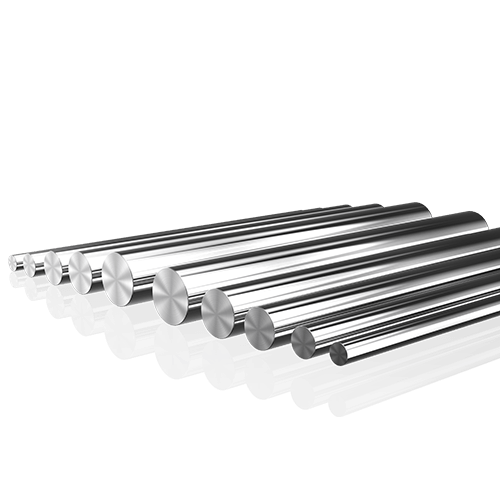Introduction

303 stainless steel bar is a versatile material that finds application in various industries due to its unique properties. From machining to construction, this alloy has garnered attention for its exceptional corrosion resistance, machinability, and durability. In this blog post, we will delve into the diverse uses of 303 stainless steel bar, highlighting its key characteristics and applications across different sectors.
Understanding 303 Stainless Steel Bar: Properties and Composition
Before exploring its uses, let’s grasp the fundamentals of 303 stainless steel. This alloy belongs to the austenitic class of stainless steels and is composed of iron, chromium, and nickel, along with trace amounts of sulfur and phosphorus. Its chemical composition imparts remarkable corrosion resistance, making it suitable for environments prone to chemical exposure or moisture.
- Machining Applications: Precision and Efficiency
One of the primary reasons for the widespread use of 303 stainless steel is its excellent machinability. This alloy exhibits superior cutting performance, enabling manufacturers to achieve tight tolerances and intricate designs with ease. From components in automotive assemblies to intricate parts in medical devices, 303 stainless steel bar serves as a preferred choice for machining applications.
- Aerospace Industry: Strength and Reliability
In the aerospace industry, where performance and reliability are paramount, 303 stainless steel finds extensive use in critical components such as fasteners, fittings, and structural elements. Its high strength-to-weight ratio and resistance to corrosion make it an ideal material for aircraft structures, ensuring longevity and safety in demanding operating conditions.
- Food Processing Equipment: Hygiene and Cleanliness
Hygiene and cleanliness are non-negotiable factors in the food processing industry. 303 stainless steel bar, with its inherent resistance to corrosion and ability to withstand frequent cleaning and sanitization, is widely employed in the fabrication of equipment such as conveyors, mixers, and storage tanks. Its smooth surface finish minimizes the risk of bacterial growth, ensuring food safety and regulatory compliance.
- Automotive Sector: Durability and Performance
In the automotive sector, where components are subjected to harsh environmental conditions and mechanical stress, 303 stainless steel plays a crucial role in enhancing durability and performance. From engine components to exhaust systems, this alloy offers exceptional resistance to corrosion, heat, and abrasion, contributing to the longevity and efficiency of automotive assemblies.
- Architectural Applications: Aesthetic Appeal and Structural Integrity
Beyond its functional properties, 303 stainless steel also caters to architectural applications, where aesthetic appeal and structural integrity are paramount. Whether used in façades, handrails, or decorative elements, this alloy combines durability with design flexibility, offering architects and designers a versatile material to bring their visions to life.
Table: Comparison of 303 Stainless Steel Bar with Other Stainless Steel Alloys

| Property | 303 Stainless Steel Bar | 304 Stainless Steel | 316 Stainless Steel |
|---|---|---|---|
| Corrosion Resistance | High | High | Very High |
| Machinability | Excellent | Good | Fair |
| Strength | Moderate | High | High |
| Cost | Moderate | Moderate | High |
Conclusion
The versatile nature of 303 stainless steel bar makes it indispensable across various industries, from aerospace and automotive to food processing and architecture. Its unique combination of properties, including corrosion resistance, machinability, and durability, enables it to excel in diverse applications, contributing to innovation and progress in manufacturing and design.
FAQ
Q: Is 303 stainless steel bar suitable for outdoor applications?
A: Yes, 303 stainless steel bar exhibits excellent resistance to atmospheric corrosion, making it suitable for outdoor use in various climates.
Q: Can 303 stainless steel bar be welded?
A: While 303 stainless steel is generally not recommended for welding due to its sulfur content, it can be welded using certain techniques and precautions.
Q: What are the limitations of 303 stainless steel bar?
A: One of the limitations of 303 stainless steel bar is its reduced corrosion resistance compared to other austenitic stainless steel alloys such as 304 and 316.
In conclusion, the diverse uses of 303 stainless steel bar underscore its importance as a versatile material in modern manufacturing and construction. Its exceptional properties make it a preferred choice across industries, contributing to innovation, efficiency, and reliability in various applications.
